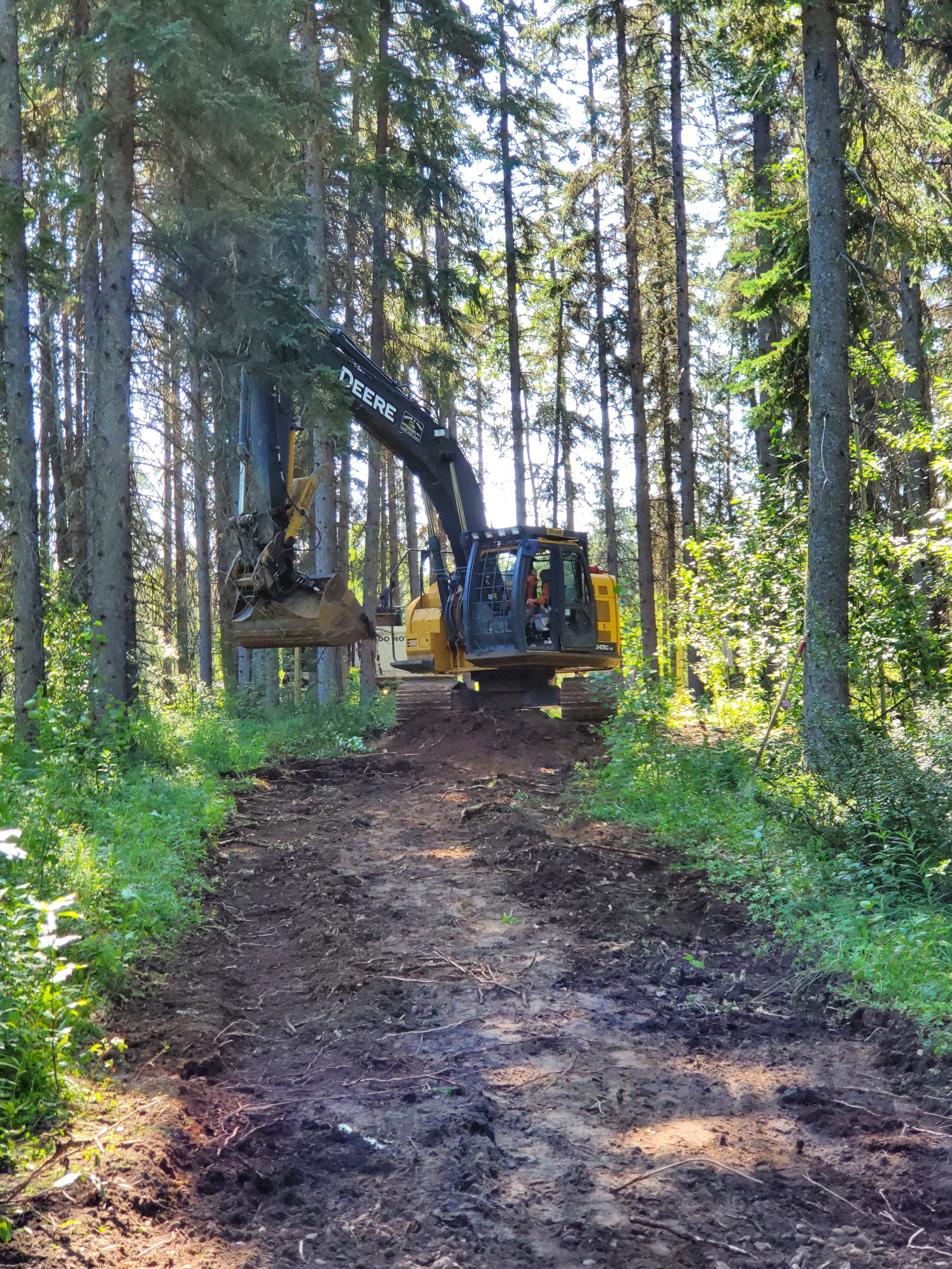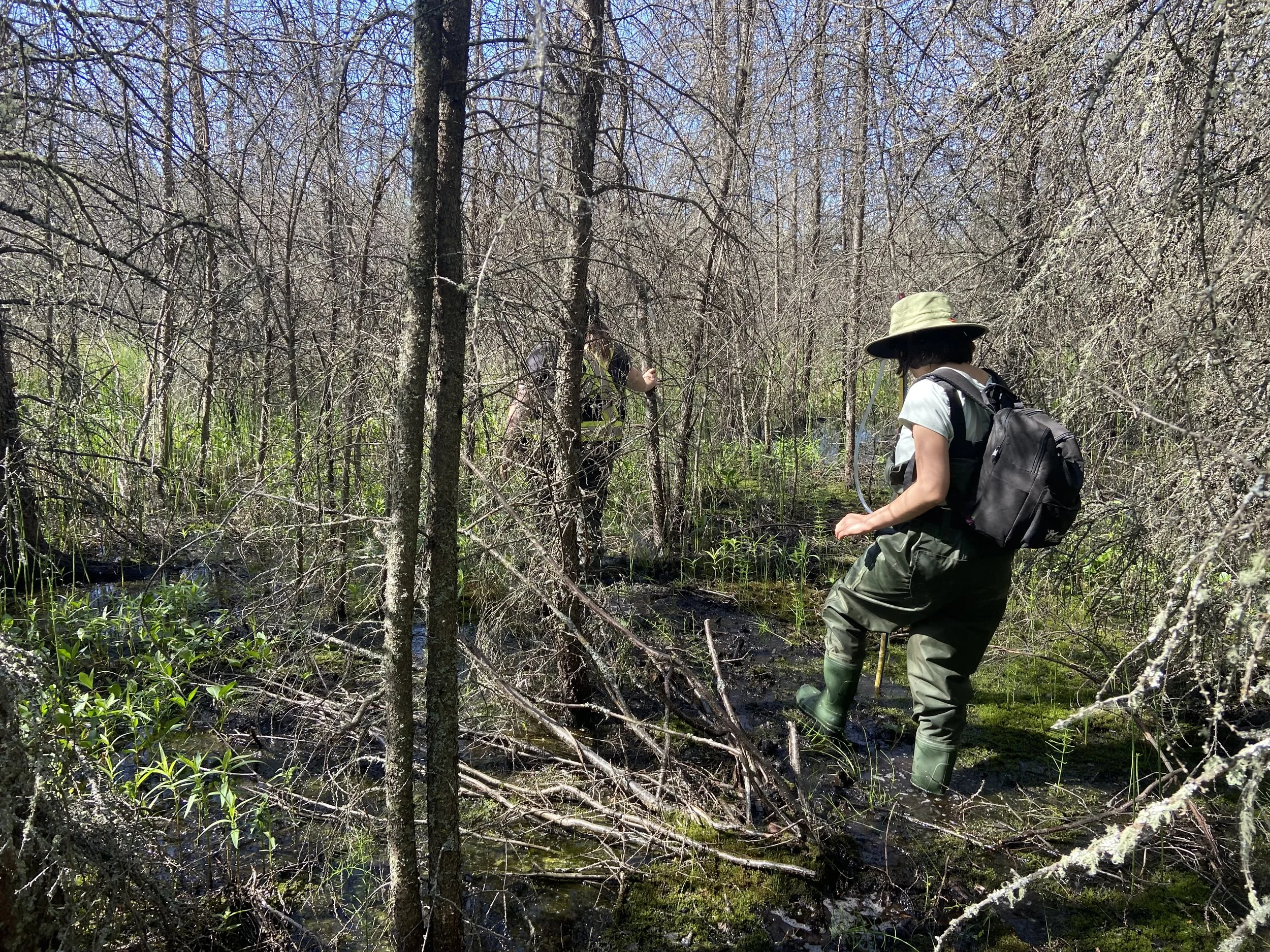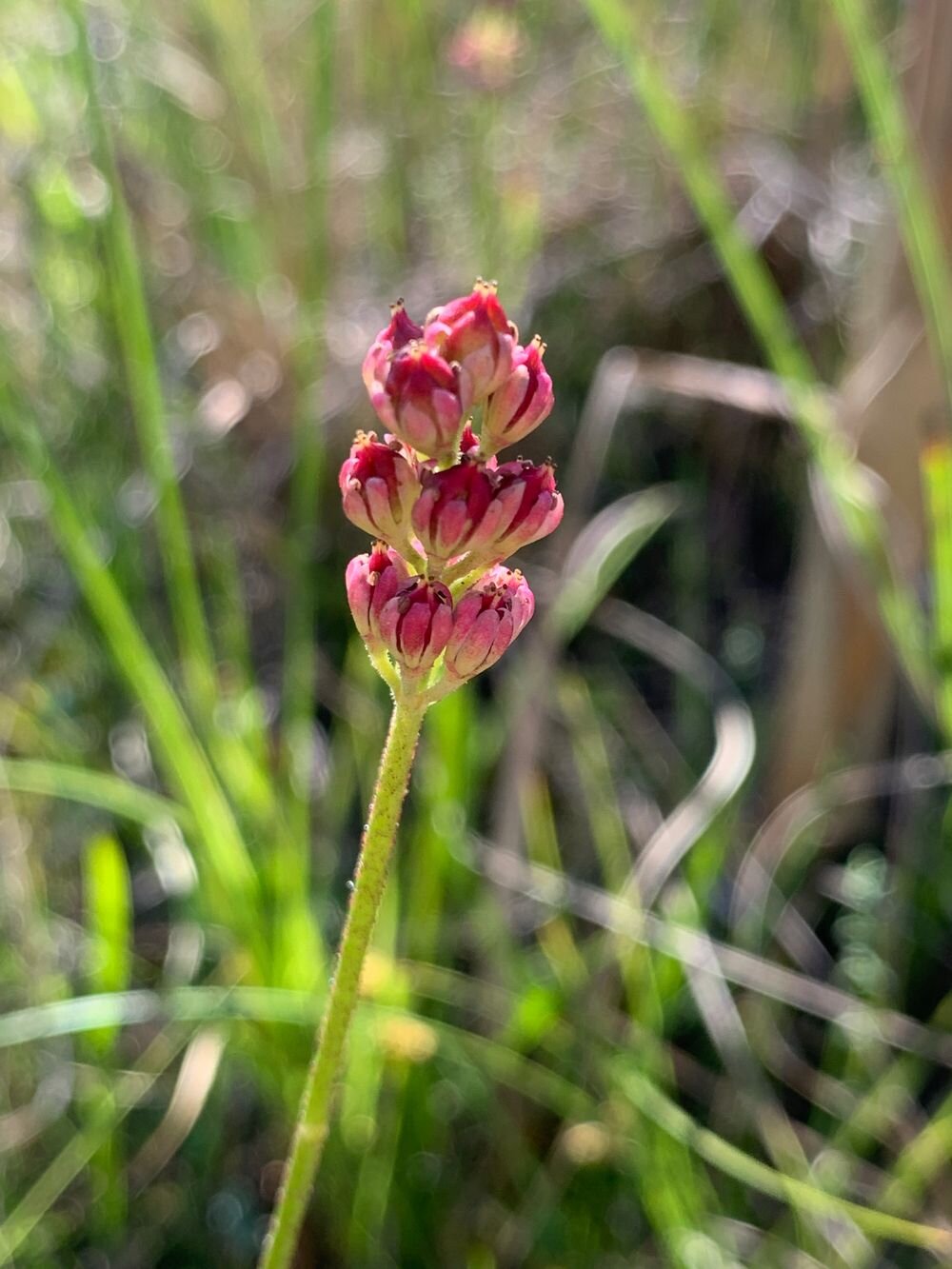Wetland Centre Summer 2021 Bioblitz
/From July 22nd to 25th 2021, Ducks Unlimited Canada and the Alberta Biodiversity Monitoring Institute hosted a free citizen science event at the Evergreen Park in the County of Grande Prairie. Using the user-friendly app Naturelynx , participants were equipped to capture and document as many observations as possible. This time around, 51 observations were recorded over the four days, all of which happened to be plant species.
A bioblitz is a great way for nature enthusiasts of all age, skill, and interest levels to familiarize themselves with the diversity of flora and fauna in an area. Each species identified in the specified time period contributes to an improved understanding of the flora and fauna present at the Wetland Center. Here are some of the beautiful species captured:
Sticky False Asphodel (Triantha glutinosa) captured 07/24/21 by Valerie.
Also known as Northern bog asphodel, this species is typically found in fens and marshes.
Northern grass-of-Parnassus (Parnassia palustris) captured 07/24/21 by Valerie.
This showy forb comes in four varieties and is typically found in fens, marshes, lake or river shores.
Northern Bastard Toadflax (Geocaulon lividum) captured 07/24/21 by Angie Kuysters
This plant produces food through photosynthesis and steals nutrients from surrounding plants through its underground root suckers, making it a hemi parasitic species. This species is common across the Boreal forest – typically in bogs and fens.
Missed this Bioblitz but want to contribute your observations? Click here to join our Naturelynx group where you can participate anytime and watch for future BioBlitz at the Wetland Center!













